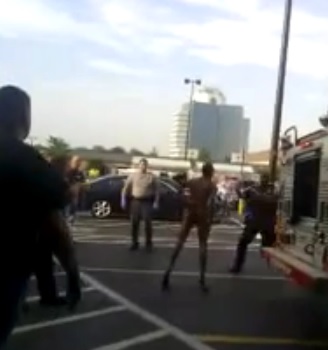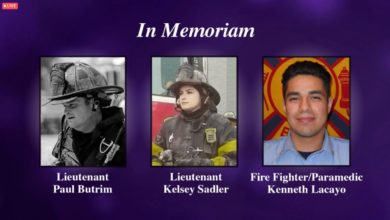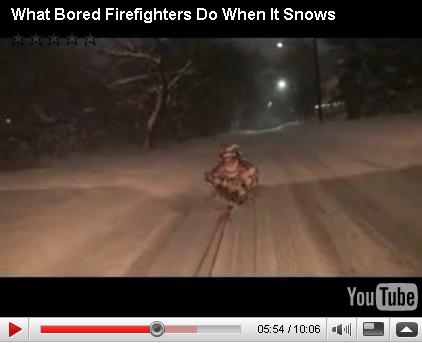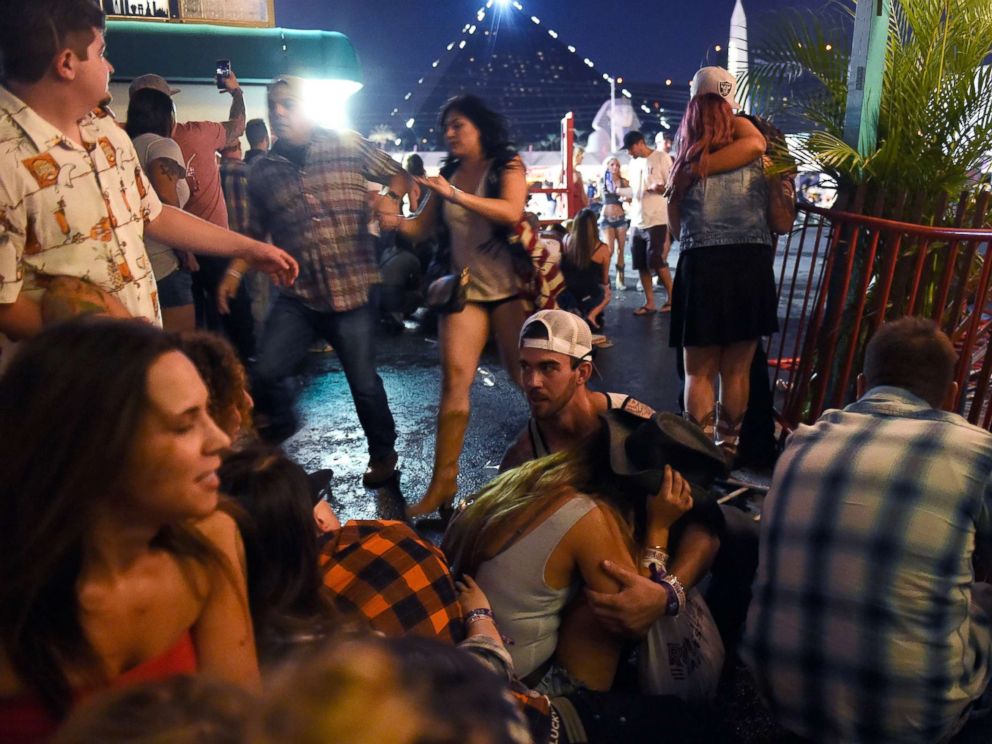FDNY & others tweet through the night … a very rough night. Social media, both a beacon in the storm & one that can lead the public & the news media astray.
Click here to follow STATter911.com on Facebook (hit “like”)
Gerald Baron’s Crisis Comm: Sandy again shows the best and worst in social media
Figuring out which Sandy photos are real & which are fakes
Also, Bill Boyd on NY Mayor Michael Bloomberg’s pre-Sandy announcement
In our presentations around the country we have been pushing the fire service to be a trusted and valued source of information for the community by using social media on a daily basis. And we always add that they should be an instant source of information when things hit the fan. On the East Coast they hit the fan yesterday in a very big way.
Hurricane Sandy proved there are plenty of fire chiefs and other government officials who get that one of the most efficient ways to reach the community (and the traditional news media) during a critical incident is through Facebook, Twitter and the Internet. Especially when the power is out and the smartphone, which seems to be the primary source of information for the masses, is the ONLY line of communications.
I know I am will be missing some, but here are few in my region I followed that seemed to be doing a very good job of keeping the public informed via Twitter: Alexandria, VA (@AFDCHIEF200), Arlington County, VA (@ARLINGTONVA), Fairfax County, VA (@FAIRFAXCOUNTY), Howard County, MD (@HCDFRS, @HCDFRS_CHIEF, @KENULMAN), Montgomery County, MD (@MCFRS, @MONTGOMERYCOMD), Prince George’s County, MD (@PGFDPIO, @PGPDJULIE, @COUNTYEXECBAKER ), Washington, DC (@MAYORVINCEGRAY, @IAFF36).
Again, this is not an exhaustive list, just some local jurisdictions I noticed that had people (in some cases elected officials), communicating timely information on a regular basis as Sandy created serious problems. Many of these folks also understand that social media is two way communication and answered a lot of questions from the people they serve.
One East Coast Twitter feed getting a lot of attention today is FDNY’s. A Yahoo! News story by Chris Moody featured FDNY Social Media Manager Emily Rahimi who worked through the night cranking out more than 100 tweets:
“I was just tweeting to people who were not able to get through to 911,” Rahimi told Yahoo News.
Rahimi posted updates to the official FDNY Twitter account urging those facing emergencies to dial 911. Because the response effort was divided among city government agencies, calling 911 allowed dispatchers to filter out assignments instead of every request going to the fire department.
“*Do not* tweet emergency calls,” Rahimi wrote as the storm hit.
But for those unable to access a phone or who could not get through, Rahimi was there to help.
Sandy once again proved there is also a lot of information on Twitter and Facebook that can’t be trusted. In some cases the mainstream news media took these social media rumors and misinformation as gospel and spread the information on its own platforms. I am not sure at exactly what point it was decided that journalists no longer need to verify the information they report. It’s one thing to report as gospel what Emily Rahimi is tweeting on @FDNY and something else completely when @JoeSchmoe is telling you the New York Stock Exchange is underwater or workers are trapped in a Con Ed plant.
From The Guardian’s US News Blog by Amanda Holpuch:
Reuters reported that 19 Con Edison workers were trapped inside a power station. The organization said on Twitter that the report was untrue and a Con Ed spokesman, Allan Drury, confirmed to the Guardian that the story was false. On Tuesday afternoon, Reuters’ 12-hours-old story was still online.
“There was really nobody trapped in the building,” Drury said. “There was some people that were helped out, but they probably could have got out on their own.”
My friend Gerald Baron writes about this important issue in his Crisis Comm blog today. Gerald points out there are many emergency managers who, because of the spreading of false and malicious information, aren’t convinced social media is the answer at a time of crisis. Gerald counters the downside with these upside arguments:
No doubt, those wanting social media in emergency management to go away and leave them alone are finding plenty of fodder for their arguments. False information is rampant. Incredibly, some use it for evil purposes. But, if you need arguments to counter these, consider this:
– communication resilience–nothing stays up and running like the Internet and these social media channels
– self correcting nature of the Internet (I heard about the false picture circulating by email through social media at least one day before it showed up)
– because this is where citizens and media get info, both true and false, it is incumbent on every official communicator to monitor and respond to the false info …
I would add that proving yourself by providing good and timely information when it is most needed will make you that valued, trusted and instant source of information the public once believed only came from radio, TV and newspapers.
As for my friends in the mainstream news media, if you want to remain relevant during this type of breaking news, you have to stop helping spread rumors. Practicing good journalism with social media will set you apart from the other crap that will always be out there during a major emergency. If not, there are a lot of government officials who seem to be ready to fill that role.
Do you want to sell a rig? Click HERE to find out how with SellFireTrucks.com.









